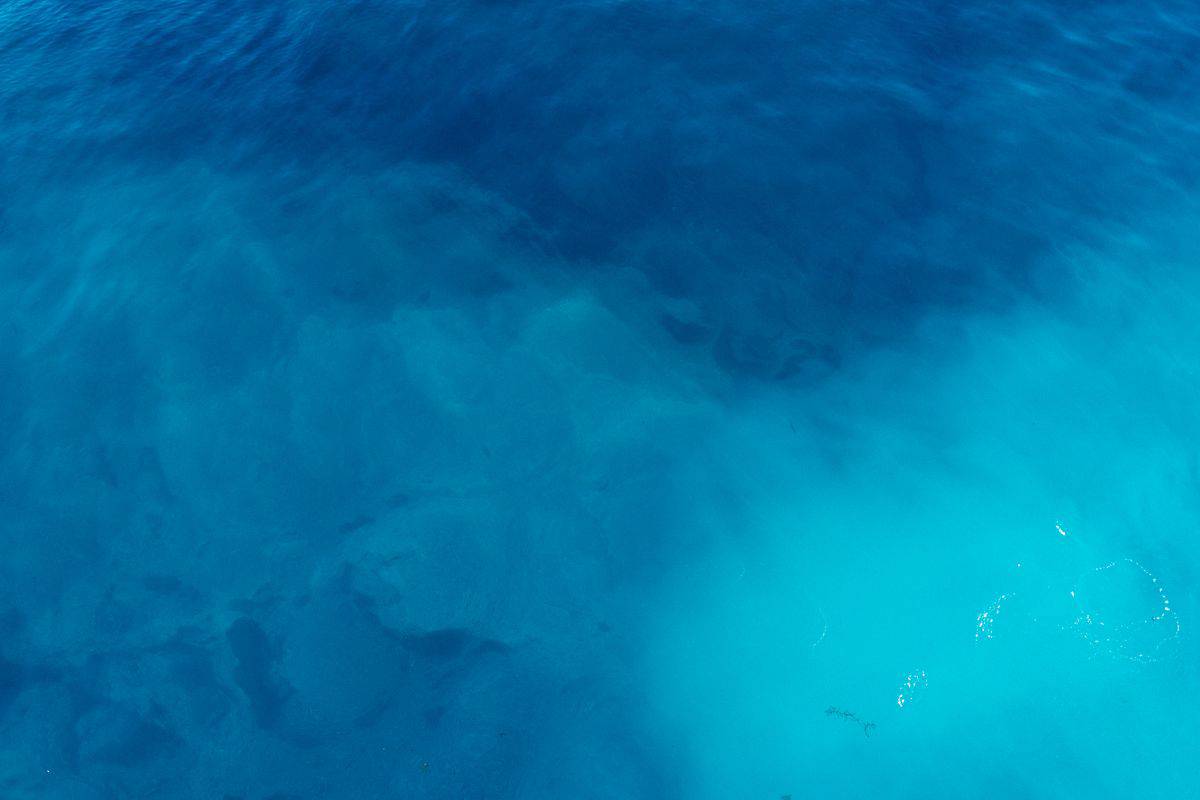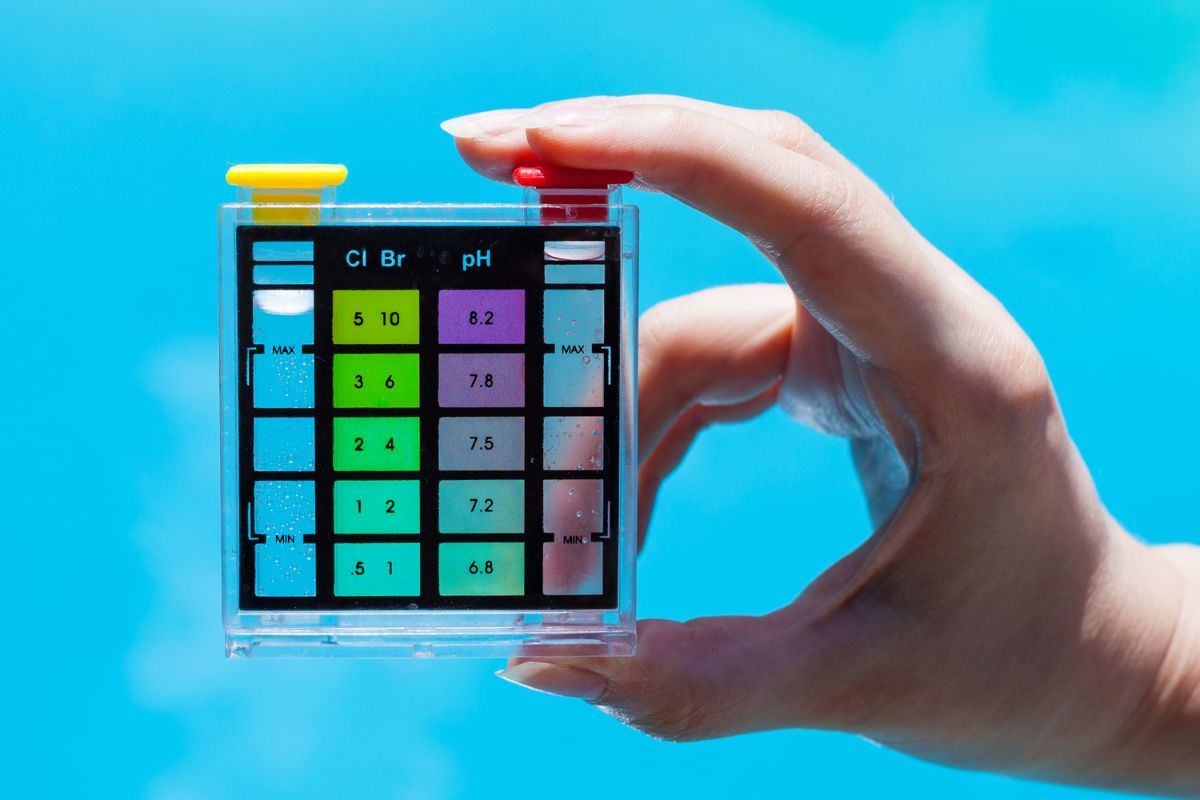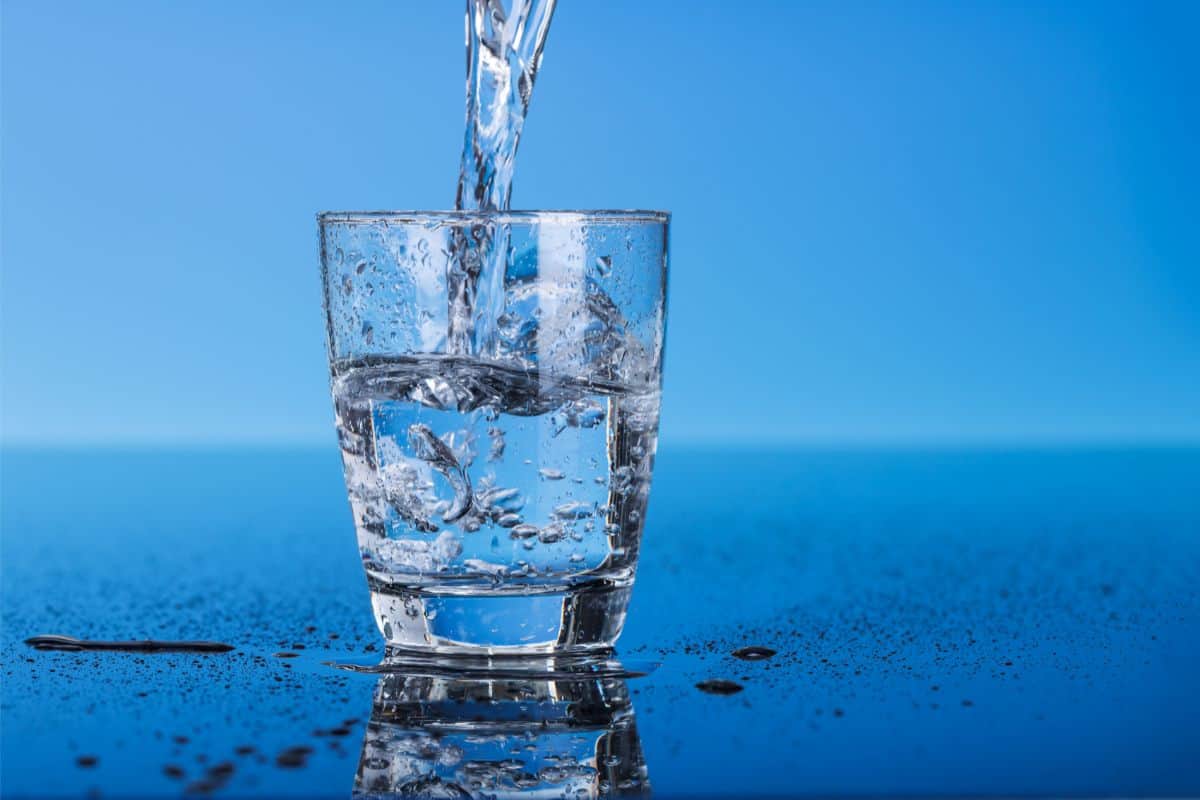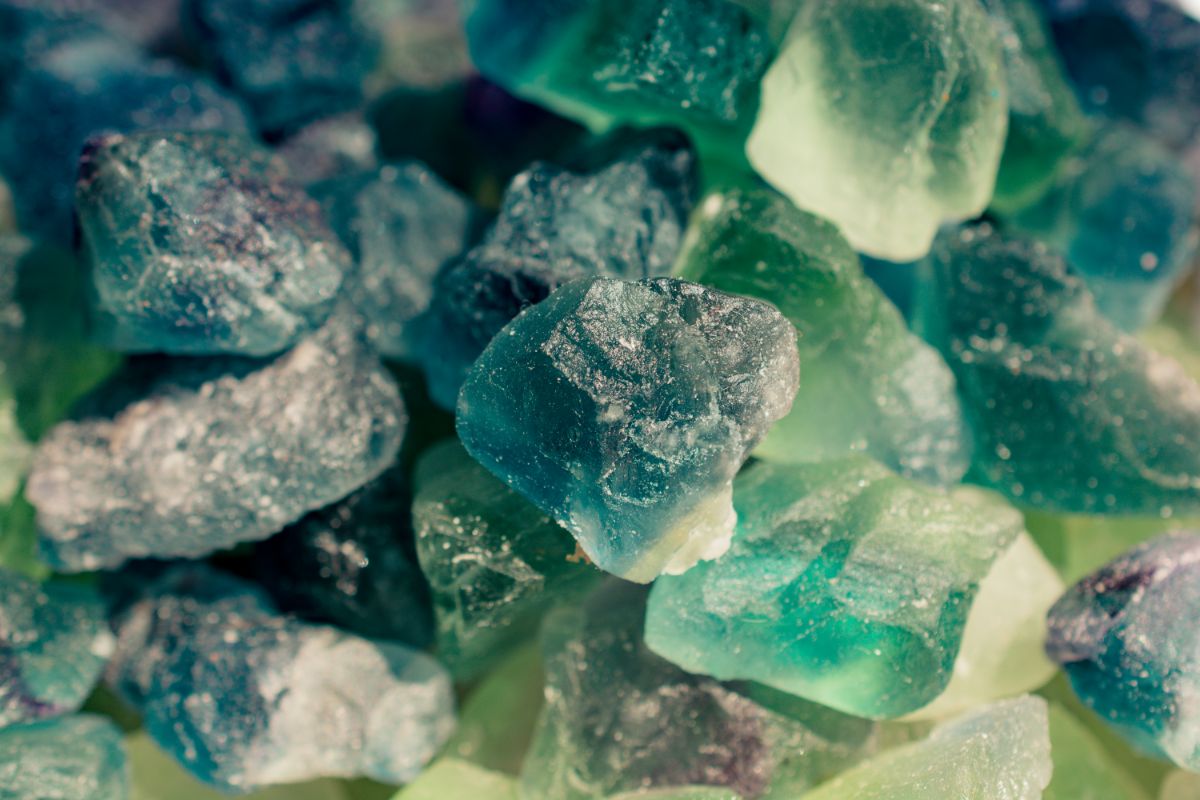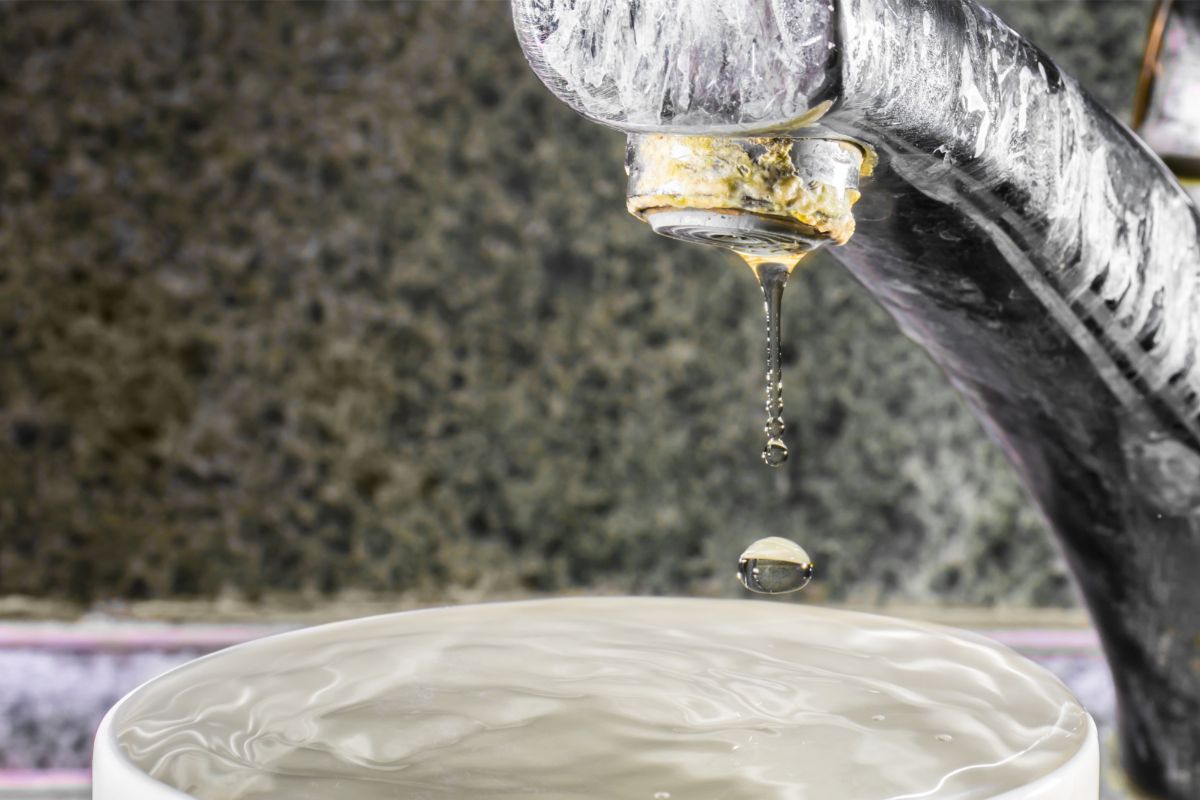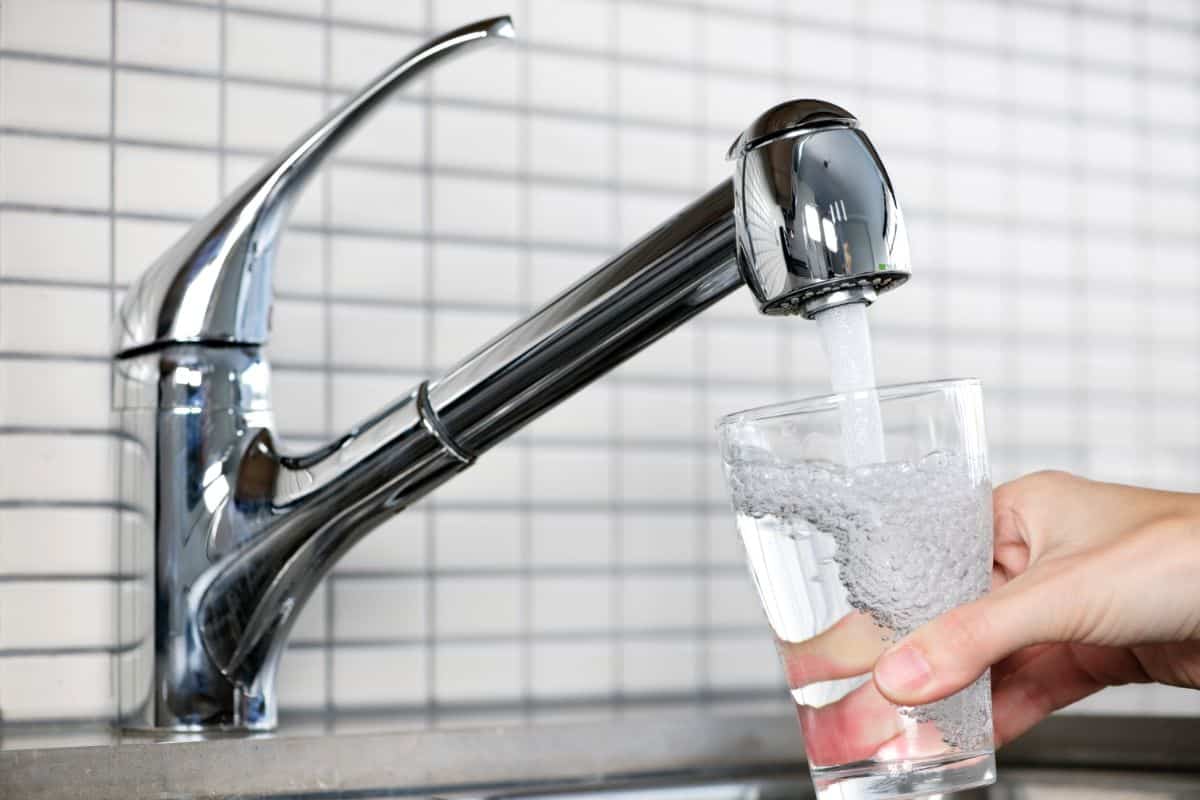Iron is an extremely common mineral, but if you’re noticing a large number of brown stains beginning to appear throughout your house, then it could be a sign that the water in your house has high traces of iron in it!
So whether you’ve noticed it on your clothes, in your bathroom, or even in your toilet, iron can be a massive pain with the staining that it causes, so here’s how you can try to remove some of the iron that is plaguing your water!
Contents
Is Iron Harmful To Us?
Whilst there are some people who may think that iron in the water can be harmful to consume, the reality is that iron is actually beneficial, and is something you should be striving to consume as part of your diet.
In addition to this, the EPA (Environmental Protection Agency) doesn’t actually regard water with above-average amounts of iron to be harmful to us if consumed.
Typically though, the iron you receive comes from the food you eat, and water is most certainly not the usual way of ensuring you’re receiving enough iron.
So, whilst excess iron in your water isn’t going to harm you, it can still be a pain if it’s staining everything and anything it manages to touch, and it can have some other negative effects too, including damaging appliances and plumbing, affecting the quality of your laundry cycles, making food and drink taste especially bitter, causing dry and irritated skin.
This is why so many people are keen to try and clear their water of any iron, so if you find that excess water iron is in your water, here’s what you can do to remove it.
Starting off
Before you begin figuring out what sort of system you need to resolve your issue, you need to identify whether the iron is oxidized or dissolved, which thankfully you can tell from the color of the water.
Oxidized iron will give off a red, brown, or yellow color, and is essentially like rust. This is removed with a sediment filter.
Clear water indicates that the iron has dissolved, but it may become oxidized after being exposed to air again, which can lead to it staining clothes and surfaces after it touches the surface. This staining occurs when the iron exceeds 0.3 parts per million of dissolved iron.
From here, you can then begin to decide what sort of water removal system you’ll need, bare in mind that this is only suitable if you access your water from a well, any excess iron issues from municipal water sources need to be resolved by your water supplier.
These removal agents all have differing levels of cost and maintenance required in order for them to keep your water supply clear of any excess iron.
So there are a couple of factors that go into deciding which one of these systems is going to be best suited for you, so read through our guide to the most popular systems, and then do some extensive research on each individual system before you pick one to install into your water supply to combat the iron buildup.
Water softeners
Water softeners that make use of salt are a great way of combating excess iron, you’ll need to test whether or not your water has iron sulfur-reducing bacteria in the water, known as IRB, or SRB.
If this is the case, then the softener might not work for very long.
One of the most recommended water softeners is Iron Out Salt, whether that’s the Red-Out Dura Cube, the Diamond Crystal Iron Fighter, Morton Rust Remover, or the Pro’s Pick Red-Out Solar Salt.
Alongside one of these, you should also consider using a resin cleaner too, whether it’s ResKleen, or Iron Out.
Oxidation Iron Removal
If your water has a high concentration of dissolved iron, then you will need a particularly aggressive oxidation treatment to treat the well water, some of these treatments include aeration, hydrogen peroxide, Ozone, or potassium permanganate.
These methods all do the same thing essentially, and dissolve the iron into ferric iron (oxidized iron) which can then be trapped in a sediment filter.
Continuous Regeneration Greensand Iron Remover
This is another common method of iron removal and uses a filter known as “greensand”, which is composed of manganese oxide-coated resin pellets that help to oxidize and filter their environment.
The oxidized iron is then trapped in this greensand filter, which is then removed once the backwash cycle starts, the coating of the greensand is then regenerated through the use of chlorine or potassium permanganate.
Hydrogen Peroxide Iron Removal System
Hydrogen peroxide iron removal systems are commonly seen as one of the best options for removing iron from bodies of water, mainly because they’re reliable, predictable, and work almost all the time, no matter the level of iron actually present in the water.
It works so well because hydrogen peroxide is a fantastic oxidizing agent, even more so than oxygen itself, plus, it doesn’t leave any iron behind for you to clean up.
In addition to this, it’s an incredibly low maintenance system compared to some other options, and ensures that your water remains iron free for years without spending too much time maintaining it!
Conclusion
In conclusion, there are quite a few different ways that you can attempt to combat the excess iron that you might find in your water supply, and the likelihood is that you’ll want to try and resolve the issue as soon as possible, as excess iron can cause a lot of problems in the home.
Hopefully, after reading this, you’ll be able to research some of these solutions further in order to understand how each one works in order to resolve your own excess iron problems in your water supply at home!





